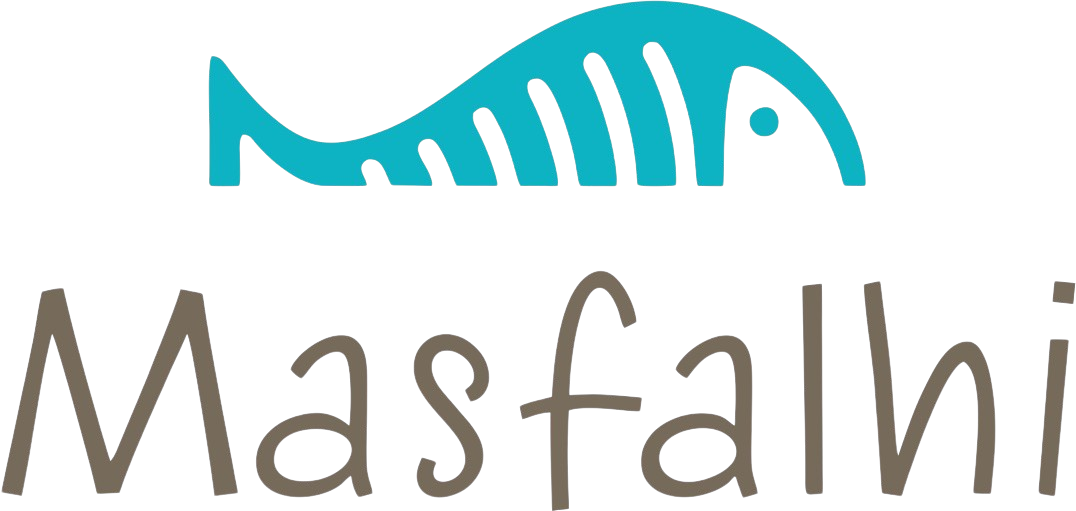The evolution of data architectures reflects a continuous pursuit of greater flexibility, scalability, and real-time intelligence. Traditional data warehouses, while foundational for structured BI, faced inherent limitations in handling the burgeoning volume and variety of modern data. The advent of cloud data warehouses significantly alleviated these constraints by offering elastic, cost-effective, and managed solutions. A modern data architecture is designed to overcome these limitations by providing a scalable, integrated, and governed approach to data management. This paradigm enables organizations to seamlessly move data between a central data lake and various purpose-built data services, ensuring that data is accessible and usable across diverse applications and analytical needs. The global data lake market is exploding to reach USD 34.07 billion by 2030 with a staggering 25.3% CAGR.
Data Lake vs Data Warehouse: Key Differences and When to Use Each
Databases are essential for storing information, often on similar topics or similar types of data, that can be retrieved as needed to perform business tasks for sales, HR, marketing, customer service, and a range of other requirements. Databases use various different schemas to organize or structure data in ways best suited to the task at hand. Here, we’ll break down the differences between databases and data warehousing so you can determine which is best for your data structure situation.
- However, both data types can be collected and presented on the same dashboard in a data warehouse.
- OLAP (online analytical processing) is a term for a data processing system that focuses on data analysis to power decision-making rather than performance and day-to-day use.
- Databases are designed to handle real-time transactional data and are used for day-to-day operations of a business.
- Deciding to set up a data warehouse or database is one indicator that your organization is committed to the practice of good enterprise data management.
The term “database” is usually used to refer to the database itself and the DBMS. The main use case for a database is to power products that differ from the main use case of a data warehouse which is to help with data-driven decision-making. A database and a data warehouse are both concerned with storing data, but both have different roles within your business. This article will explain each one, their differences, and some of their use cases.
Understanding What a Database Engineer Is and Their Key Responsibilities
- Data lakes are less expensive than data warehouses, particularly when handling lots of diverse data.
- This comprehensive curation approach, however, involves performance considerations.
- Data lakes, with their flexibility and scalability, empower organizations to harness diverse data for AI-powered automation, IoT in agriculture, and digital transformation in real estate.
- A range of different SaaS categories utilizes databases to power their applications.
The question of data warehouses vs. databases (not to mention data marts and data lakes) is one that every business will consider when it comes to managing big data. As we’ve seen above, databases and data warehouses are quite different in practice, and most businesses will use multiple databases plus a reliable data warehouse. Deciding to set up a data warehouse or database is one indicator that your organization is committed to the practice of good enterprise data management. Data Warehouses, on the other hand, serve as centralized repositories intended for complex queries and analysis. They consolidate data from various sources, transforming it into a single store, optimized for reading and analysis.
Cloud-based data warehouse solutions fundamentally leverage the power of cloud computing to offer significantly enhanced scalability, performance, and accessibility compared to their traditional counterparts. Cloud computing is more than just an alternative deployment model for data warehouses; it is the fundamental technological bedrock that enables the entire modern data architecture paradigm. A data lakehouse represents a significant architectural evolution, combining the capabilities of traditional data warehouses and modern data lakes into a single, cohesive data management solution. Its fundamental goal is to address the limitations inherent in both previous paradigms, offering a truly unified approach to data storage and processing.
What is a Primary Key in a Database? Explained for Beginners
Understanding their unique functions will help you build a strong data ecosystem that promotes long-term planning and operational effectiveness. A data warehouse is a centralized repository designed for collecting, storing, and managing large volumes of data from diverse sources. It serves as a foundation for business intelligence and analytical processes. Scale effortlessly with our cloud-based, visual, and no-code interface that integrates with all your data sources and destinations. It is meant for users or knowledge workers in the role of data analysis and decision making.
Major Differences Between Databases and Data Warehouses
Modern API layers can provide clean interfaces to legacy functionality without requiring changes to the underlying systems. Existing business logic will be preserved while data is accessible to modern integration tools. The most significant shift in the ETL/ELT landscape isn’t just about where; it’s about who. It’s the structured process of transforming an organization’s chaos of records into a centralized system, a single source of truth. You’re literally building a digital library where every book (data) is properly cataloged, easily findable, and ready to tell its story. Going through disparate systems that somehow never seem to match up to answer even a single question?
Data Structure and Schema
One of the problems businesses face is having disparate data sources where data is siloed. That data on its own doesn’t provide as much value as it could because it’s only a small section of the entire company’s data. These steps are crucial for maintaining data ecosystems that optimize the effectiveness of Big Data solutions in driving business insights and informed decisions for your enterprise. Tackling data governance challenges with a robust framework is essential for ensuring data quality, security, and compliance with regulatory bodies, possibly for multiple countries. Organizations that prioritize efficient data governance will improve their operational capabilities and positions themselves for long term success in the current data-driven landscape. Selecting the best data storage solution will have a genuine impact on the efficacy and efficiency of the analytics processes in place for your business.
Real Estate
They are specifically engineered to manage organized data with well-defined use cases. difference between database and datawarehouse It’s a type of data processing that assists with day-to-day business transactions. OLTP helps power products due to its fast processing speeds and ability to process simultaneous transactions.
They are like spreadsheets consisting of rows and columns where data is stored. Each record in a database corresponds to a row in a table, which amounts to a complete set of information about a specific entity or object. On the other hand, columns in a table are called fields, holding individual data elements such as names or dates. Relationships establish connections between tables through shared data points or keys, enabling efficient retrieval and organization of information across multiple tables. We’ve provided a broad overview of databases and data warehouses, but how exactly do they differ in the specifics?
Every successful data warehouse started as someone’s “impossible” project. Now, only the right people access the correct data, and it’s being used responsibly. That means you need proper governance and security within your warehouse itself, as raw, potentially sensitive data is hanging around before transformation. Neglect the first one, and limbo will become your personal synonym for data warehouse (DWH). In simpler terms, imagine a database as a digital notebook where each page is a list (or table) of related items, like contacts or tasks.


